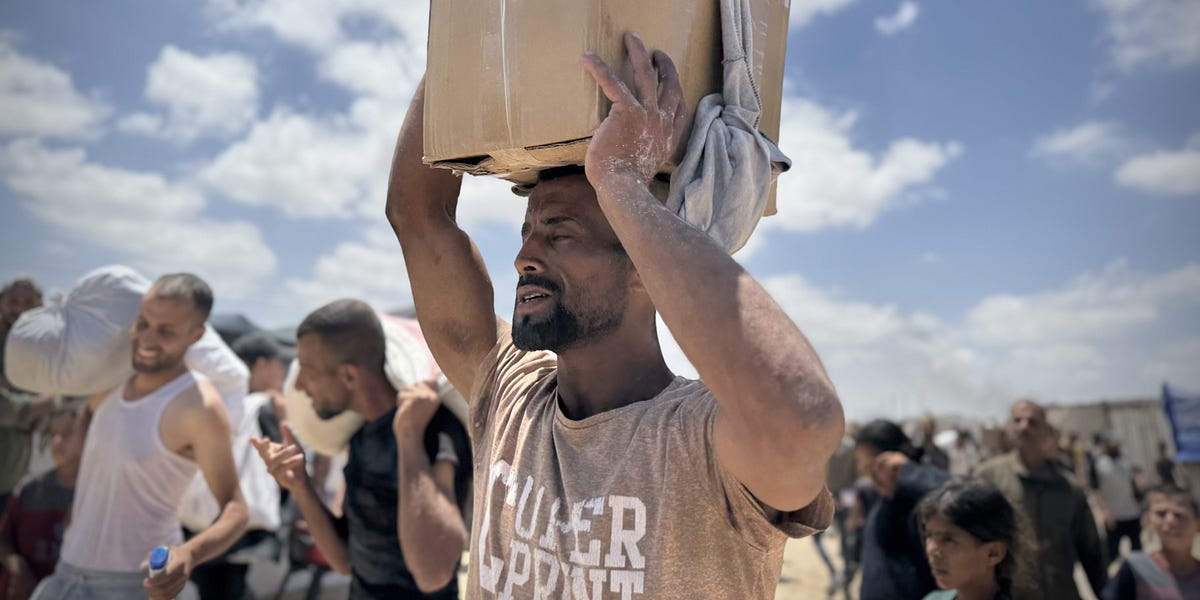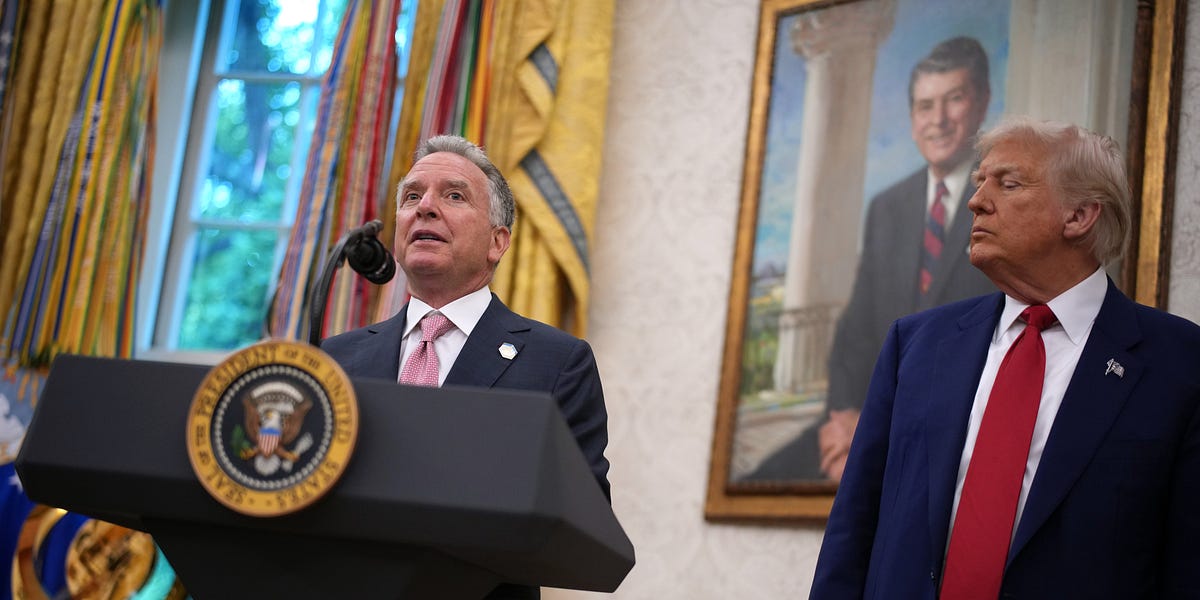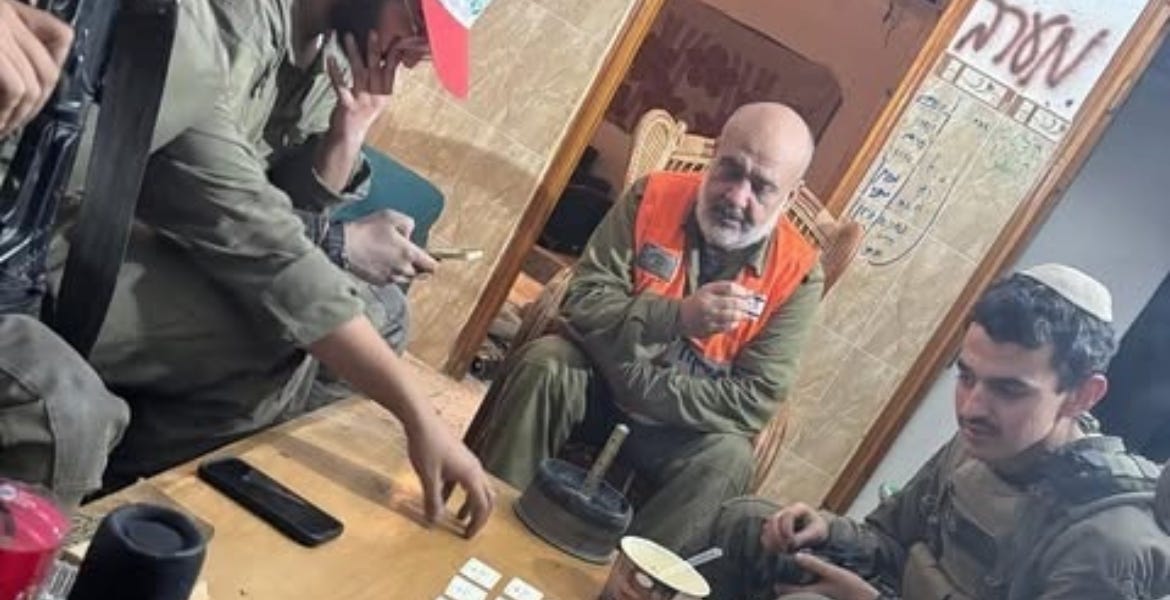Phylo
Veteren member
- Messages
- 4,434
- Likes
- 400
"Strange Fruit" and Its Connection to Lynchings in the US South
"Strange Fruit" as Protest and ArtThe lyrics of "Strange Fruit" derive from the poem written by Abel Meeropol*, under the pen name of Lewis Allan**. Its lyrics, originally published as a poem in 1937, are a direct protest against the lynching of Black Americans, particularly in the Southern United States15. The song uses stark, haunting imagery to compare the bodies of lynching victims to fruit hanging from trees:
These metaphors are both shocking and powerful, forcing listeners to confront the brutal reality of racial violence. The song’s juxtaposition of the serene Southern landscape with the horror of lynching creates a jarring effect, highlighting the normalization of such violence within the broader culture25.Southern trees bear a strange fruit,
Blood on the leaves and blood at the root,
Black bodies swinging in the Southern breeze,
Strange fruit hanging from the poplar trees.
Pastoral scene of the gallant South,
The bulging eyes and the twisted mouth,
Scent of magnolias, sweet and fresh,
Then the sudden smell of burning flesh.
Here is a fruit for the crows to pluck,
For the rain to gather, for the wind to suck,
For the sun to rot, for the trees to drop,
Here is a strange and bitter crop.
Historical Context: Lynchings in the US South
Lynching in the United States, especially in the South, was a widespread practice of extrajudicial killings, primarily targeting African Americans after the Civil War and during the Jim Crow era6. Between 1882 and 1968, nearly 3,500 African Americans were lynched, with more than 73% of these acts occurring in the Southern states36. These acts were often public spectacles, with large crowds gathering, and were justified under accusations ranging from murder and rape to minor social transgressions or even no offense at all46. The real purpose was often to enforce white supremacy, intimidate Black communities, and maintain racial hierarchies46.
Lynchings were rarely prosecuted, as there was no federal anti-lynching legislation for most of this period, and local authorities frequently condoned or participated in the violence4. The legacy of this era has had a lasting impact on American society, contributing to ongoing racial tensions and systemic inequalities4.
Cultural and Political Impact of "Strange Fruit"
"Strange Fruit" was more than just a song; it was a bold act of protest and a catalyst for change. Its release was met with fear and resistance from record labels, who worried about backlash from Southern audiences1. Despite this, the song became an anthem for the early civil rights movement, described by Atlantic Records co-founder Ahmet Ertegun as "a declaration of war" and "the beginning of the civil rights movement"15.
The song’s influence extended beyond music, helping to galvanize anti-lynching campaigns and raise awareness about racial violence in America5. It was recognized for its cultural and historical significance, being preserved in the National Recording Registry and named one of the "Songs of the Century"1.
Enduring Legacy
Today, "Strange Fruit" remains a stark reminder of America's history of racial violence and the power of art to confront injustice. While lynching as a public spectacle has ended, the song continues to resonate as a symbol of the ongoing struggle against racism and the importance of remembering the victims of such atrocities5.
In summary, "Strange Fruit" stands as one of the most potent artistic responses to the horrors of lynching in the US South, immortalizing both the suffering of its victims and the resilience of those who dared to speak out125.
* Abel Meeropol, the writer of "Strange Fruit," was a Jewish-American teacher, poet, and activist, but he was not particularly known for being a practicing Jew in the religious sense. Instead, his identity was more strongly tied to his political activism, secularism, and leftist ideals.
Key Points About Abel Meeropol's Background:
- Secular & Politically Active – Meeropol was deeply involved in socialist and communist circles during the 1930s-50s. His activism focused on civil rights, anti-racism, and labor movements, rather than religious observance.
- Jewish Heritage, But Not Religious – While he was of Jewish descent, there is no strong evidence that he practiced Judaism in a traditional or devout way. His work and public life were far more aligned with leftist political causes than religious ones.
- Adopted the Rosenbergs' Sons – After Julius and Ethel Rosenberg (Jewish communists executed as spies in 1953) were killed, Meeropol and his wife adopted their two sons, further showing his commitment to radical political causes over religious identity.
Meeropol was culturally Jewish but not known as a practicing, religious Jew. His legacy is defined by his anti-racist activism, poetry, and political engagement rather than religious observance.
** Abel Meeropol published the poem "Strange Fruit" under the pseudonym "Lewis Allan" for deeply personal reasons. The name "Lewis Allan" was chosen to honor his two children who were stillborn; these were the names he and his wife had intended for them1245. This act of remembrance gave the pseudonym special significance in his life and work.
Additionally, Meeropol, as a Jewish writer and a member of the American Communist Party during a period of widespread anti-Semitism and political suspicion in the United States, may have found it prudent to use a pseudonym to protect his identity and avoid potential backlash or discrimination45. Thus, the pseudonym "Lewis Allan" served both as a tribute to personal loss and as a protective measure in a fraught social and political climate.
Last edited:





